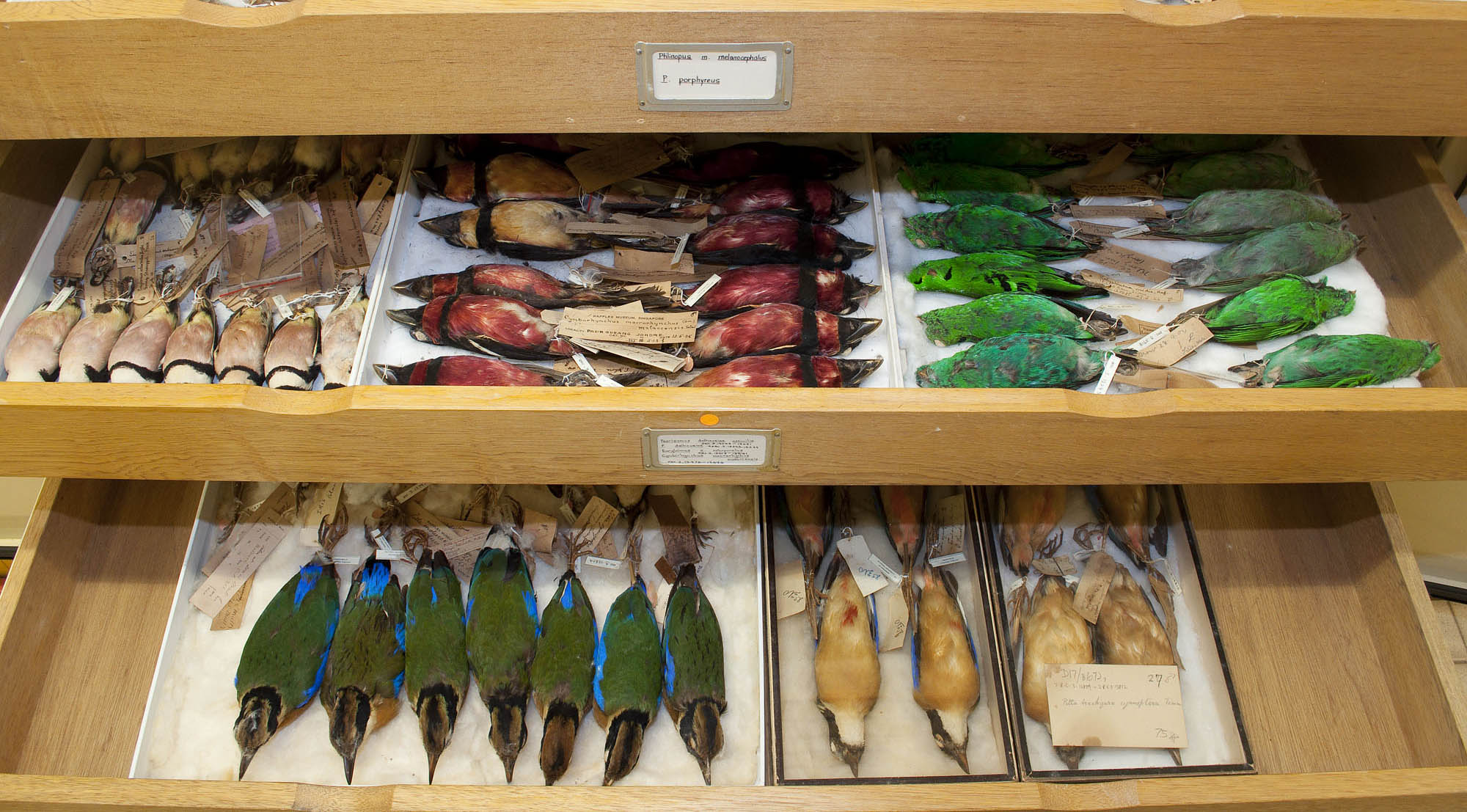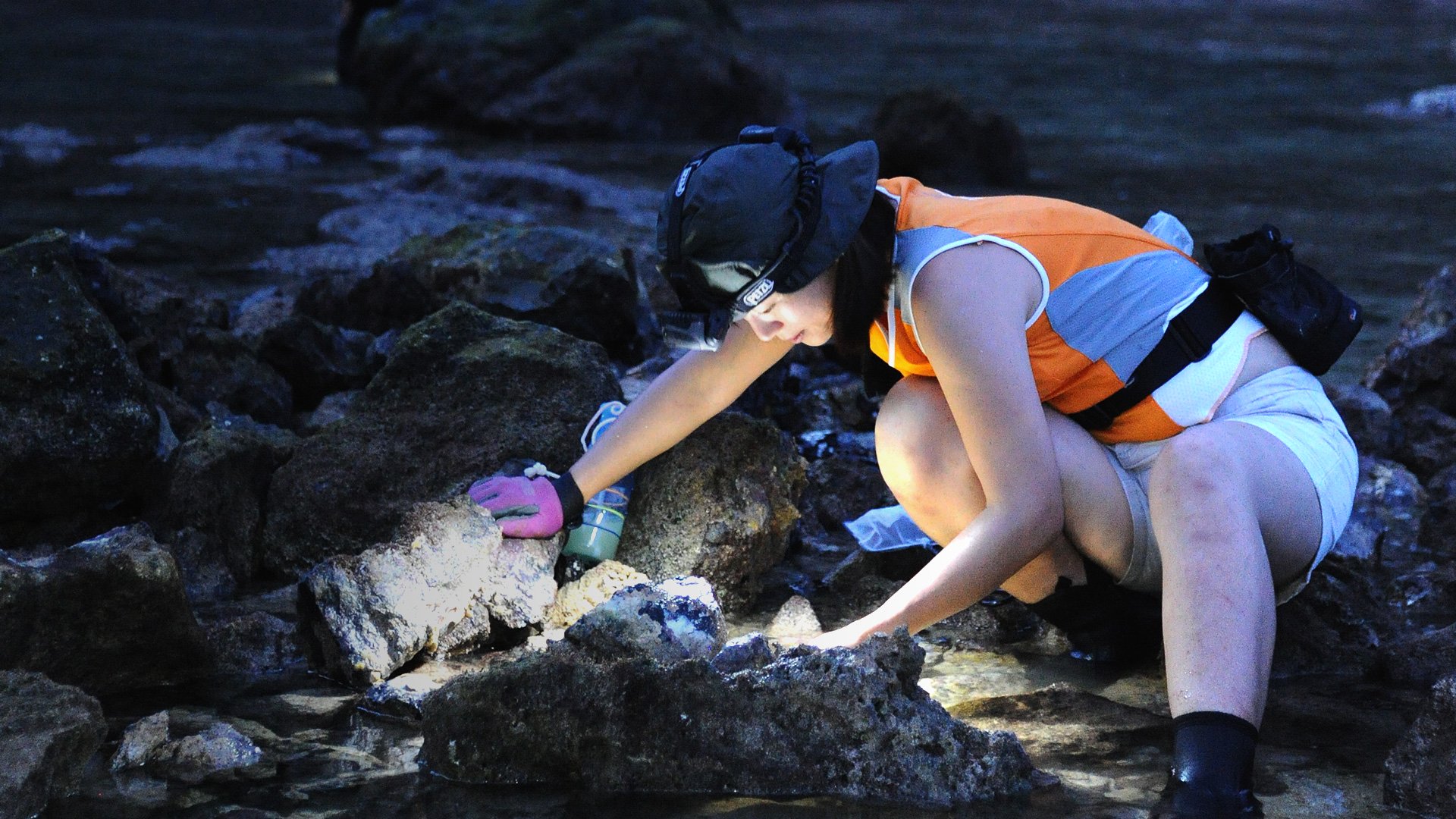Instructions to Authors
1. SUBMISSION OF MANUSCRIPTS FOR CONSIDERATION FOR PUBLICATION
Nature in Singapore (NiS) is a free, peer-reviewed, online journal of the Lee Kong Chian Natural History Museum that publishes articles on the flora and fauna of the Republic of Singapore, and for which there are no page charges. Articles on topics outside the stated policy will be accepted at the discretion of the Editorial Board of NiS.
NiS will consist of a single volume each year, starting with Volume 1 in 2008, the online journal having been established on 1 October 2007. There will be no issues, and articles will be uploaded here as soon as they are ready for publication.
NiS publishes two types of manuscripts:
(1) Research Articles [link to Template for Authors] are longer manuscripts (> 3 pages) covering original and previously unpublished research on natural history, biology, ecology and conservation biology of the flora and fauna of Singapore.
(2) Biodiversity Records [link to Template for Authors] (formerly Singapore Biodiversity Records) are original and previously unpublished short communications (usually 1–2 pages) of the flora and fauna of Singapore. These records may include sightings of uncommon or rare species (including non-native ones), and noteworthy observations of behaviour.
To expedite publication, authors are advised to strictly adhere to the guidelines in this document. Manuscripts submitted to this journal must be original and must not be submitted elsewhere unless they have been withdrawn or rejected.
It would be preferable, where possible, that representative material or voucher specimens mentioned in articles published in this journal be deposited in the following:
- Herbarium, Singapore Botanic Gardens (SING)
- Herbarium, Lee Kong Chian Natural History Museum, National University of Singapore (SINU)
- Zoological Reference Collection, Lee Kong Chian Natural History Museum, National University of Singapore (ZRC)
Manuscripts that fulfil the requirements to be published as Research Articles should be submitted via email to the Editor, Mr Tan Siong Kiat, at nis@nus.edu.sg.
Manuscripts that fulfil the requirements to be published as Biodiversity Records should be submitted via email to the Deputy Editor, Kelvin Lim, at nhmlimkp@nus.edu.sg.
2. RESEARCH ARTICLES
2.1. Presentation of the Manuscript
Manuscripts must be in English. It is not the responsibility of the Editor(s) or reviewer(s) to provide language assistance, and manuscripts may be rejected if poorly written. Manuscripts must be in Microsoft® Word (.doc or .docx) word processing software format. All submissions must be in compliance with the NiS formatting style.
Author(s) should prepare their manuscripts using the Research Article Template for Authors [link]. For more information on the NiS journal formatting style, please download the Style Guide (For Editors) [link].
2.2. Peer-Review Process and Provisional Acceptance of Manuscript
All manuscripts will be sent to one or two reviewers. The Editorial Board decides on provisional acceptance, or rejection, based on comments submitted by the reviewer(s). The author will receive notification of the decision, together with their returned manuscript and the comments of the reviewer(s).
2.3. Submission of Revised Manuscript for Acceptance and Publication
Once the manuscript is provisionally accepted, it is returned to the author with the recommendations of the reviewer(s) and corresponding Editor. The author(s) must respond to each of the comments and incorporate necessary changes into the manuscript. The author(s) should also provide justification for any disagreement with the recommendations.
The author(s) should send 1) their responses to all essential critiques and recommendations of the reviewer(s) and corresponding Editor, and 2) the revised manuscript (marked up copy, using the “Track Changes/Comments” tools in Microsoft Word) via email to the corresponding Editor.
Manuscripts will only be accepted once the author has addressed all of the recommendations or comments of the reviewer(s), and ensured that the format of the manuscript and illustrations comply with the format of NiS. If the format of the corrected manuscript is not found to be suitable, the corresponding Editor may request the author(s) to re-format the manuscript (also applicable to figures, illustrations and tables). This would necessarily delay the publication of the manuscript.
Final proofs in portable document format (PDF) are emailed to authors for correction together with the Agreement for the Transfer of Copyright Form. The completed form must be returned (as a scanned copy of the signed document) via email with the corrected proofs. Should the proofs be delayed by a late reply or excessive corrections, the manuscript will be delayed for publication.
The hyperlink to the article will be sent to the corresponding author immediately upon publication via email for reference.
Nature in Singapore articles from Volume 14 (2021) onwards will be issued article numbers, e.g., ‘e2021001’, instead of unique page numbers. Articles should be cited accordingly, as shown in the following example:
Ng PKL & Ng PYC (2021) Land crabs (Crustacea: Brachyura: Gecarcinidae) of Singapore. Nature in Singapore, 14: e2021001. DOI: 10.26107/NIS-2021-0001
3. BIODIVERSITY RECORDS
3.1. Presentation of the Record
Authors(s) should submit their records using the Biodiversity Record Template for Authors [link].
The information we require is as follows:
SHORT TITLE
Common name/s of the subject/s and the general location.
AUTHOR/S
Name of person or persons who submitted the record.
AFFILIATION(S) AND CONTACT ADDRESS
Institutional address (if any) of the authors and email address of the main (corresponding) author. Authors who are not affiliated to any institutions may opt to omit listing a physical address.
SUBJECT/S
English common name (if available), scientific name (if known), general taxonomic grouping (class, order and family, if known). Can include more than one subject if all are components of the same observation at the same location.
SUBJECT/S IDENTIFIED BY
Person who identified the subject (may be different from contributor).
LOCATION, DATE AND TIME
Should be as detailed as possible, or much less so if location is considered sensitive or subject is prone to exploitation. Please note that observations from previous years are fully acceptable.
HABITAT
Name of habitat type. Other information may include type of substrate, type of vegetation, elevation of subject, water depth, weather during period of observation, etc.
OBSERVER/S
Person or persons who observed the subject/s and behaviour (may not include the contributor).
OBSERVATION
General to detailed description of what the subject/s was/were doing. Should include number (or estimated number) of subject/s, size (or estimated size) of subject/s, gender of subject/s (if known), position of subject/s and duration of observation.
REMARKS
Optional. This may be furnished by the editors.
LITERATURE CITED
Only if cited in Remarks. This may be provided by the editors. The full citations should be listed in alphabetical and chronological order. Examples of citations can be found in the Style Guide (For Editors) [link].
Please attach digital image(s) after the text. These must be photographs of the actual subject/s under observation. Kindly ensure that each image is around 1 MB.
3.2. Review by Editorial Board and Provisional Acceptance of the Record
The Editorial Board may forward submissions to relevant experts for their opinion and verification of taxon identity, and the author(s) may thus be required to respond accordingly. Due to workload and space constraints, we may not be able to publish every contribution. The Editorial Board will decide on which contribution to accept for publication. We will offer an explanation and our apologies to authors whose contributions are not accepted.
3.3. Submission of Revised Record for Acceptance and Publication
Please note that the copyright of images featured in Biodiversity Records will remain with the respective photographers. The photographs may be used non-commercially on the website or social media platforms of the Lee Kong Chian Natural History Museum for research and education purposes only, with proper attribution to photographers. Images will not be used elsewhere without first obtaining permission from the photographer. Records without photographic evidence will not be accepted for publication.
The contents of the file submitted may be subject to editing. The edited file will then be sent back to the contributor for proof-reading and approval. Once the contributor gives their approval, we will convert the document to PDF for permanent publication on the Nature in Singapore ‘Volumes’ webpage. The hyperlink to the article will be sent via email to the corresponding author immediately upon publication for reference.
Records published under Singapore Biodiversity Records (2013–2020) may be cited according to the following example:
Tan SK & Lim KKP (2013) White-spotted slug snake on Punggol Island. Singapore Biodiversity Records, 2013: 8.
Records published under Nature in Singapore (2021 onwards) may be cited according to the following example:
Tan SK & Lim KKP (2021) Biodiversity Record: White-spotted slug snake on Punggol Island. Nature in Singapore, 14: e2021001. DOI: 10.26107/NIS-2021-0001
Nature in Singapore articles from Volume 14 (2021) onwards will be issued article numbers, e.g., ‘e2021001’, instead of unique page numbers. Articles should be cited accordingly, as above.



